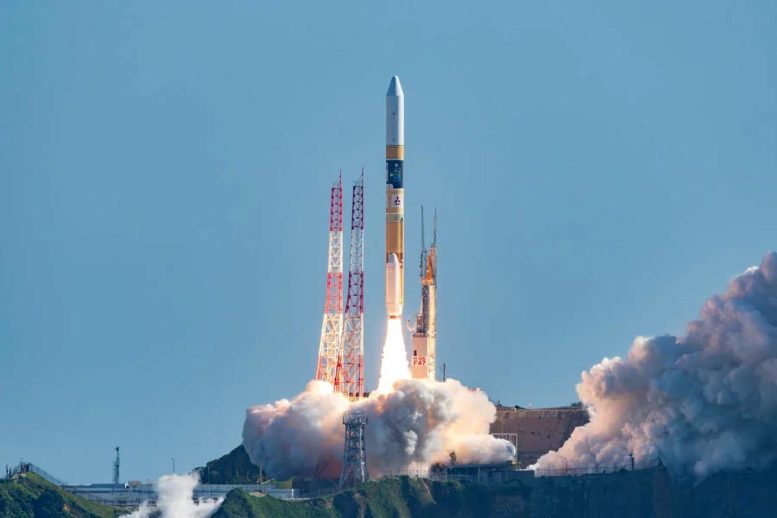
Mitsubishi Heavy Industries, Ltd.(MHI) launched the H-IIA Launch Vehicle No. 47 (H-IIA F47) which carried XRISM and SLIM aboard at 8:42:11am, September 7, 2023. Credit: MHI
The X-ray Imaging and Spectroscopy Mission (XRISM), and the Smart Lander for Investigating Moon (SLIM), were launched onboard the H-IIA Launch Vehicle No. 47 (H-IIA F47) at 8:42:11 am on September 7, 2023 (Japan Standard Time, JST) from the Tanegashima Space Center.
The launch vehicle flew as planned, and it was confirmed that XRISM was successfully separated from the launch vehicle at about 14 minutes and 9 seconds after launch and SLIM at about 47 minutes and 33 seconds after launch.
The X-ray Imaging and Spectroscopy Mission (XRISM) and the Smart Lander for Investigating Moon (SLIM) are significant missions from the Japanese space agency.
XRISM
The XRISM mission is centered on studying X-ray emissions from celestial objects. Its primary objective is to better understand the structure and evolution of the universe by observing X-rays emanating from astronomical phenomena like black holes, neutron stars, and galaxy clusters. The name, XRISM, which stands for X-ray Imaging and Spectroscopy Mission, underscores its dual focus on both imaging and spectroscopy.
XRISM aims to deliver groundbreaking insights in various scientific domains, including the evolution of the universe’s most expansive structures, the behavior of matter under intense gravitational forces, the spin of black holes, the inner architecture of neutron stars, and the intricate physics of particle jets.
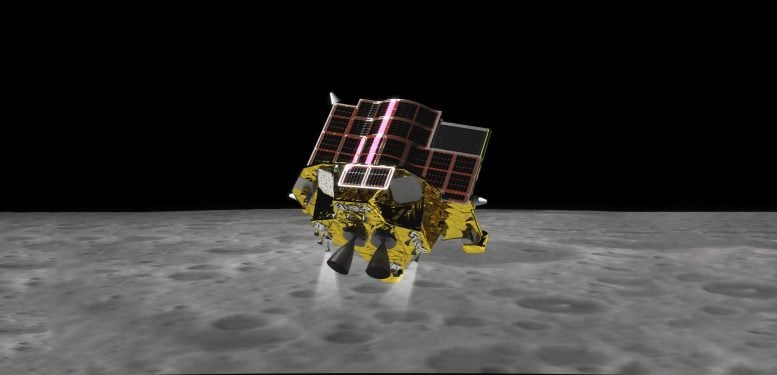
SLIM (Smart Lander for Investigating Moon) aims to demonstrate “landing where it is desired to land,” pin-point landing technique and obstacle detection technique. Credit: JAXA
SLIM
As the name suggests, the Smart Lander for Investigating Moon aims to explore the Moon’s surface. SLIM’s primary goal is to demonstrate precision landing capabilities on the Moon. This would be a significant step forward from previous missions, which had broader landing areas. Achieving a high level of precision in lunar landings can pave the way for more targeted scientific investigations and the safe placement of future crewed and uncrewed landers in areas of interest.
The mission incorporates advanced guidance, navigation, and control technologies. These technologies help the lander make real-time decisions during its descent, allowing it to avoid obstacles like boulders and craters.
SLIM’s intended landing site is around the Procellarum KREEP Terrane region on the Moon. This area is of particular scientific interest due to the presence of specific types of lunar rocks that can offer insights into the Moon’s early volcanic activity and its overall geological history.
SLIM is relatively compact compared to some other lunar landers, underscoring JAXA’s emphasis on “smart” and efficient design. Its smaller footprint can also be a model for future small-scale lunar exploration missions.

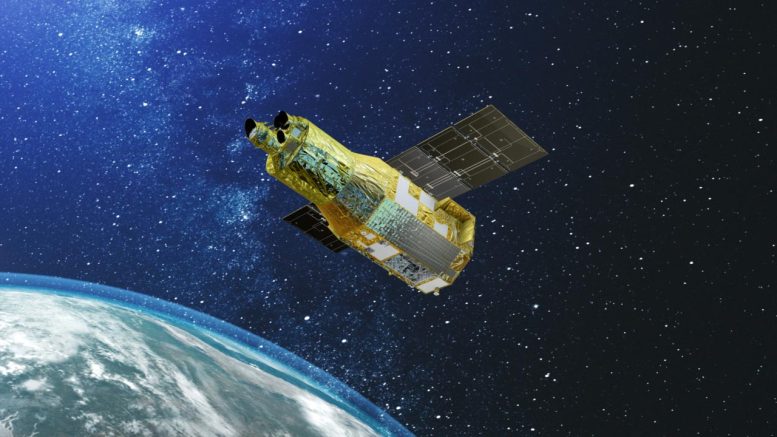



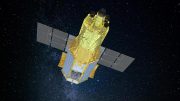
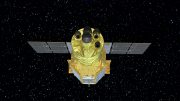
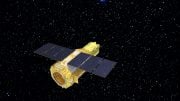


Be the first to comment on "Japan Successfully Launches XRISM Space Telescope and SLIM Lunar Lander"